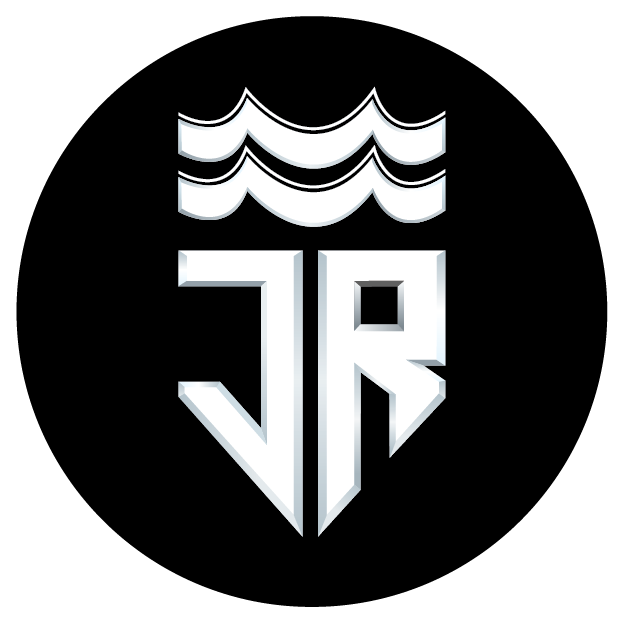Light Up the Road: Exploring the Latest LED Lighting Trends in Car Design
LED Lighting Trends in Car Design
In recent years, car design has become more than just about performance and aesthetics. With the rise of sustainability and technology, automakers are now incorporating LED lighting into their designs. LED (Light Emitting Diode) lights have become a popular choice for car designers due to their energy efficiency, versatility, and unique aesthetic appeal. In this article, we will delve into the latest trends in LED lighting in car design and how they are transforming the automotive industry.
Benefits of LED Lighting in Cars
Before we dive into the trends, let’s first understand why LED lighting has become the go-to choice for car designers. LED lights have several advantages over traditional lighting options, such as halogen and incandescent bulbs. Firstly, they are highly energy-efficient, consuming less power and lasting longer than their counterparts. This makes them the ideal choice for car manufacturers looking to reduce their carbon footprint and meet emission regulations. Additionally, LED lights emit a brighter and more focused light, making them perfect for headlights and taillights, providing better visibility for drivers. LED lights also have a longer lifespan, reducing the need for frequent replacements and saving car owners money in the long run.
Trend #1: Matrix LED Headlights
One of the most significant trends in LED lighting in car design is the use of matrix LED headlights. These headlights are made up of multiple individual LED bulbs that can be controlled independently. This allows for more precise and adaptive lighting that can adjust to different driving conditions. For example, if there is an oncoming vehicle, the matrix LED headlights can automatically dim the specific bulbs to avoid blinding the other driver. This feature not only improves safety but also reduces energy consumption.
Trend #2: Dynamic Turn Signals
Another popular trend in car design is the use of dynamic turn signals, also known as sequential turn signals. Unlike traditional turn signals that simply blink on and off, dynamic turn signals use a series of LED lights that light up in a specific sequence, indicating which direction the car is turning. This not only looks visually appealing but also helps other drivers understand the car’s intention more clearly. Dynamic turn signals are becoming more common in luxury car models and are expected to become the norm in the near future.
Trend #3: Ambient Lighting
Ambient lighting refers to the soft, subtle lighting in the car’s interior that adds to the overall ambiance and mood. LED lights have made it possible for car designers to incorporate ambient lighting in different colors and intensities, creating a more luxurious and futuristic feel. Ambient lighting is typically used in the dashboard, door panels, and footwells, providing a warm and inviting atmosphere for drivers and passengers. Some car manufacturers even offer customizable ambient lighting, allowing owners to choose the color and intensity of the lights according to their preferences.
Trend #4: OLED Tail Lights
OLED (Organic Light Emitting Diode) technology is gaining popularity in car design, particularly in the taillights. Unlike traditional LED lights, which use a cluster of individual bulbs, OLED lights are made up of a single sheet of organic material that emits light when an electric current is applied. This allows for more flexibility in design, resulting in sleek and futuristic-looking taillights. Additionally, OLED lights are thinner and lighter, making them an ideal choice for sports car models that prioritize weight reduction.
Trend #5: Light Strips and Patterns
LED lights have opened up a whole new world of possibilities for car designers, allowing them to create unique and eye-catching light strips and patterns on the exterior and interior of cars. Many luxury car brands have incorporated LED light strips into their designs, adding a touch of sophistication and modernity. Some models even have LED light patterns that move and change according to the car’s speed or other driving conditions, providing a dynamic and futuristic feel.
In conclusion, LED lighting has become an integral part of car design, upholstery cleaner transforming the way we think about cars and their aesthetics. From matrix LED headlights to dynamic turn signals, and ambient lighting to OLED taillights, the possibilities with LED lights are endless. As technology continues to advance, we can expect to see even more innovative and creative uses of LED lighting in car design, making our driving experience safer, more energy-efficient, and visually appealing.

